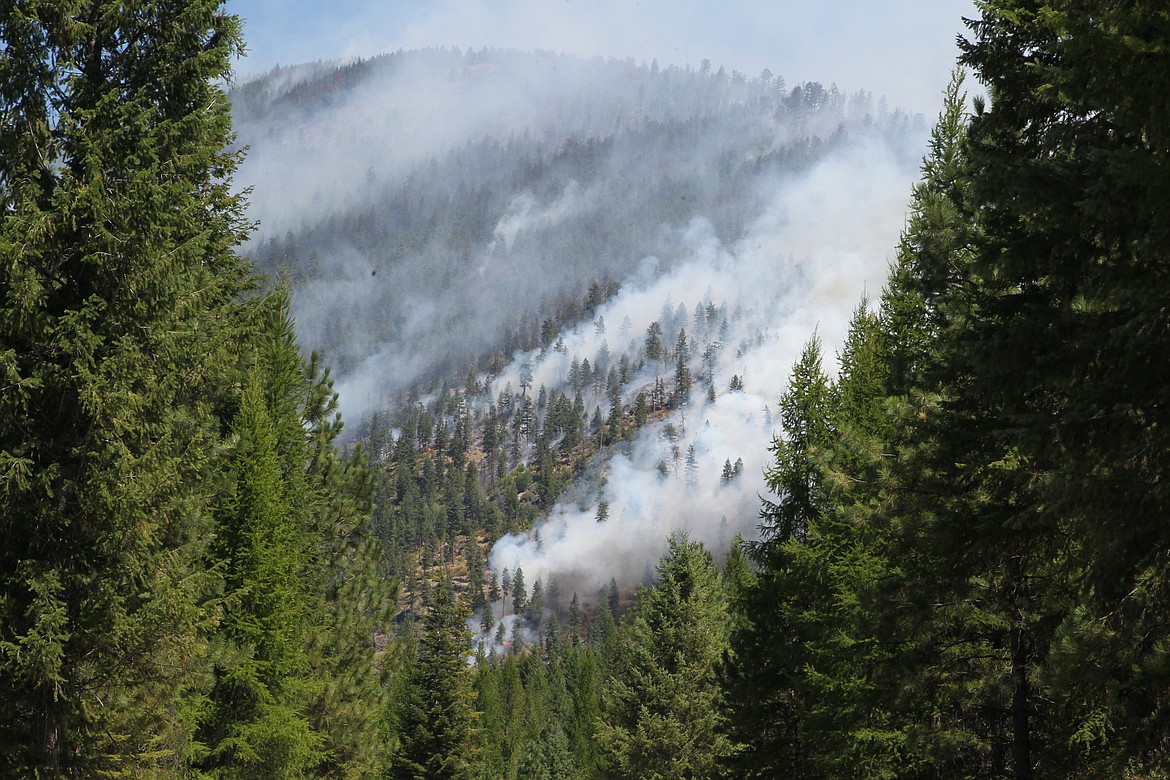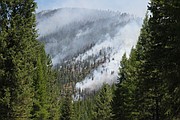Fire crews consolidate effort on Burnt Peak, South Yaak fires
With firefighting resources stretched thin across the country, officials consolidated the Burnt Peak and South Yaak fires under a type two incident management team to share local personnel and equipment more efficiently.
Great Basin Team No...
Become a Subscriber!
You have read all of your free articles this month. Select a plan below to start your subscription today.
Already a subscriber? Login





